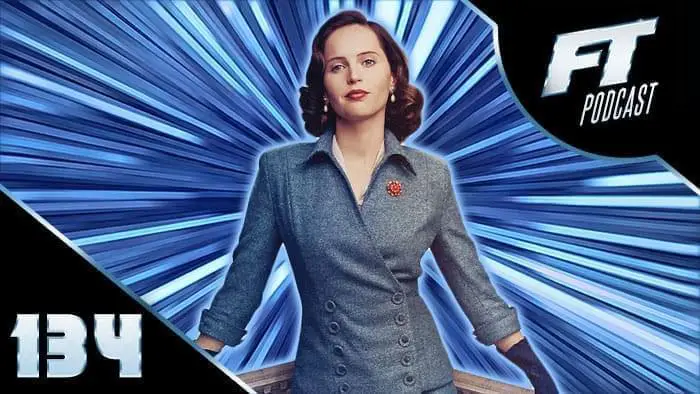
Action movies seem to be one of the few remaining pure film genres left these days. Action flicks have remained nothing more than what they purport to be while comedies have decided if they’re about feces they’re actually smart, romantic films believe now if someone dies they’re actually dramas too, special effects films think if they’re spiritual then they’re really serious films. Action films, on the other hand, pretend to be little but what they truly are, going about killing their casts, exploding their sets, and reciting their lines in a manner that refuses to take itself as seriously as their budgets have grown. And Vertical Limit, a sort of frozen version of The Perfect Storm, does exactly that, offering up action, action, action and virtually nothing to offend the senses or challenge the mind, in a way that makes one ultimately thankful for the simple act of action.
In recent years, the Mountain Climbing Genre has ascended its way to increasing popularity in the literary world. Books like John Krakauer’s Into Thin Air have spent lots of pages chronicling the events of the eccentric extremists who dare to challenge nature’s highest mountains, carefully documenting their losses of fingers, toes, and noses, and the various ways they die falling from great heights. It only stands to reason then that the phenomenon would wind up on the big screen with its almost biblical-style tales in what happens to man when he dares to challenge God’s earth.
Vertical Limit opens with a moral story about what happens when a son, Peter Garrett (Chris O’Donnell), a daughter, Annie Garrett (Robin Tunney), and their father go climbing up a mountain together. When some idiotic amateurs at a higher height fall and fly by, catching themselves up in the family’s line, Dad realizes down on the lower end of the rope they all hang from that he and the two morons dangling below will only drag the kids’ above to their deaths. Needless to say, we learn early on the lesson of Vertical Limit is that those who climb together get to watch each other die together–which essentially also serves as the plot of the rest of the movie.
Jump ahead to three years later, somewhere in the Pakistani Himalayas, near the base of that big ol’ monster of a mountain known as K2. Peter no longer climbs but crawls around mountainsides as a photographer for National Geographic; Annie does nothing but climb mountains and appears as a hot-shot on the cover of Sports Illustrated. The two siblings convene for a rather chilly reunion at the base of K2, just as billionaire adventurer Elliot Vaughn prepares, with the help of Annie, to ascend K2 for a publicity stunt. Here, we’re also introduced to capitalist Vaughn’s hippie counter-character, Montgomery Wick (Scott Glenn), a sort of nature man who climbs prefers to climb alone.
When Annie, Vaughn, and their guide Tom McLaren (Nicholas Lea) begin to plow up the mountain, and, of course, don’t stop (damn capitalists!) even when the weather gets bad, they end up stuck in a crevasse and needing to be saved. Thank god big brother Peter’s still skulking around down at base-camp and still has balls enough to want to drag himself and five others, including Wick, that he recruits up the mountain, equipped with explosives at that, to save his sister. As it turns out, the local military boys have a lot of nitroglycerin lying about, which is perfectly suited for blowing sisters out of collapsed caves in mountains. This is where the fun really starts, as avalanches pound down upon innocent characters at their most dire need to be saved, people jump off cliffs and fall off cliffs and rappel off cliffs, and the nitro starts to pop off at incredibly inopportune moments when people happen to be standing about. Also, a major babe character named Monique Aubertine (Izabella Scorupco) is heavily featured during the rescue mission, for those especially interested in watching what an incredibly hot girl looks like almost dying every other minute.
Vertical Limit does a neat job, for the full two-plus-hours it plows, of keeping its audience in a constant state of high tension as director Martin Campbell (The Mask of Zorro, GoldenEye) plays with his primaries like ants trapped in a frozen ant farm. Sure, it’s not always easy to tell who just got blown off the side of a cliff, but who cares when they scream so shrilly? Sure, we care little for Peter’s excessively goody-goody character, but what’s up with that nitro pack strapped right on his back? Indeed, Robin Tunney looks more like a constipated frog than a world-class climber, but isn’t it fascinating to watch her fall and fall again so thrillingly? There are greatly terrifying mountain scapes, the tension of watching those buried alive slowly drown in their own lungs, and the secret pleasure in watching one of the bad guys get even badder as he starts to ponder murder. Who’s got the time to care about characters?
As part of a larger trend, what makes Vertical Limit perhaps most interesting lies in its parallelism to The Perfect Storm. The core tension and draw of both movies seems to be bound up in the fact that most, if not all, of its central characters will die. It may reflect a bit of a new desire in our cinematic culture–that we are increasingly interested these days in getting as close to what it is like, truly, to die. Really, that is what movies like The Perfect Storm and Vertical Limit are all about; they aren’t really about fisherman or climbers, but what it’s like for man in the moment he comes closest to death. As Wick puts it in Vertical Limit, vertical limit is in and of itself the point on the mountain, quite simply, “where you begin to die.” Clearly, as long as your just watching, our newfound fascination with fatalism can be pretty fun.

